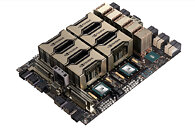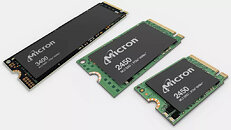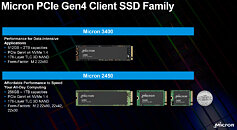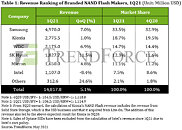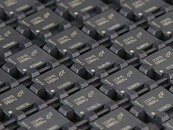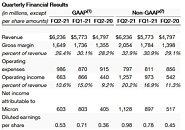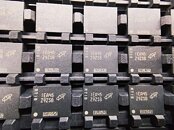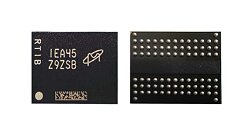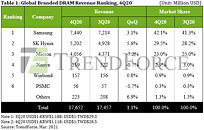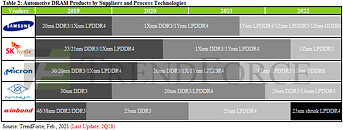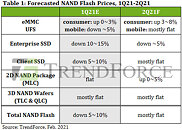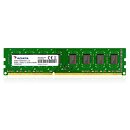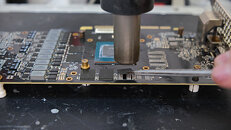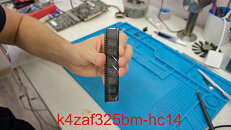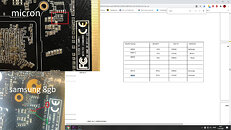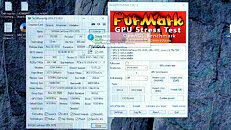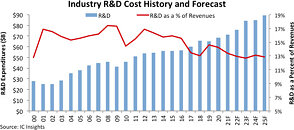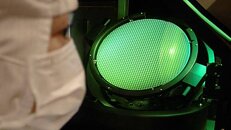
NVIDIA and Global Partners Launch New HGX A100 Systems to Accelerate Industrial AI and HPC
NVIDIA today announced it is turbocharging the NVIDIA HGX AI supercomputing platform with new technologies that fuse AI with high performance computing, making supercomputing more useful to a growing number of industries.
To accelerate the new era of industrial AI and HPC, NVIDIA has added three key technologies to its HGX platform: the NVIDIA A100 80 GB PCIe GPU, NVIDIA NDR 400G InfiniBand networking, and NVIDIA Magnum IO GPUDirect Storage software. Together, they provide the extreme performance to enable industrial HPC innovation.
To accelerate the new era of industrial AI and HPC, NVIDIA has added three key technologies to its HGX platform: the NVIDIA A100 80 GB PCIe GPU, NVIDIA NDR 400G InfiniBand networking, and NVIDIA Magnum IO GPUDirect Storage software. Together, they provide the extreme performance to enable industrial HPC innovation.
